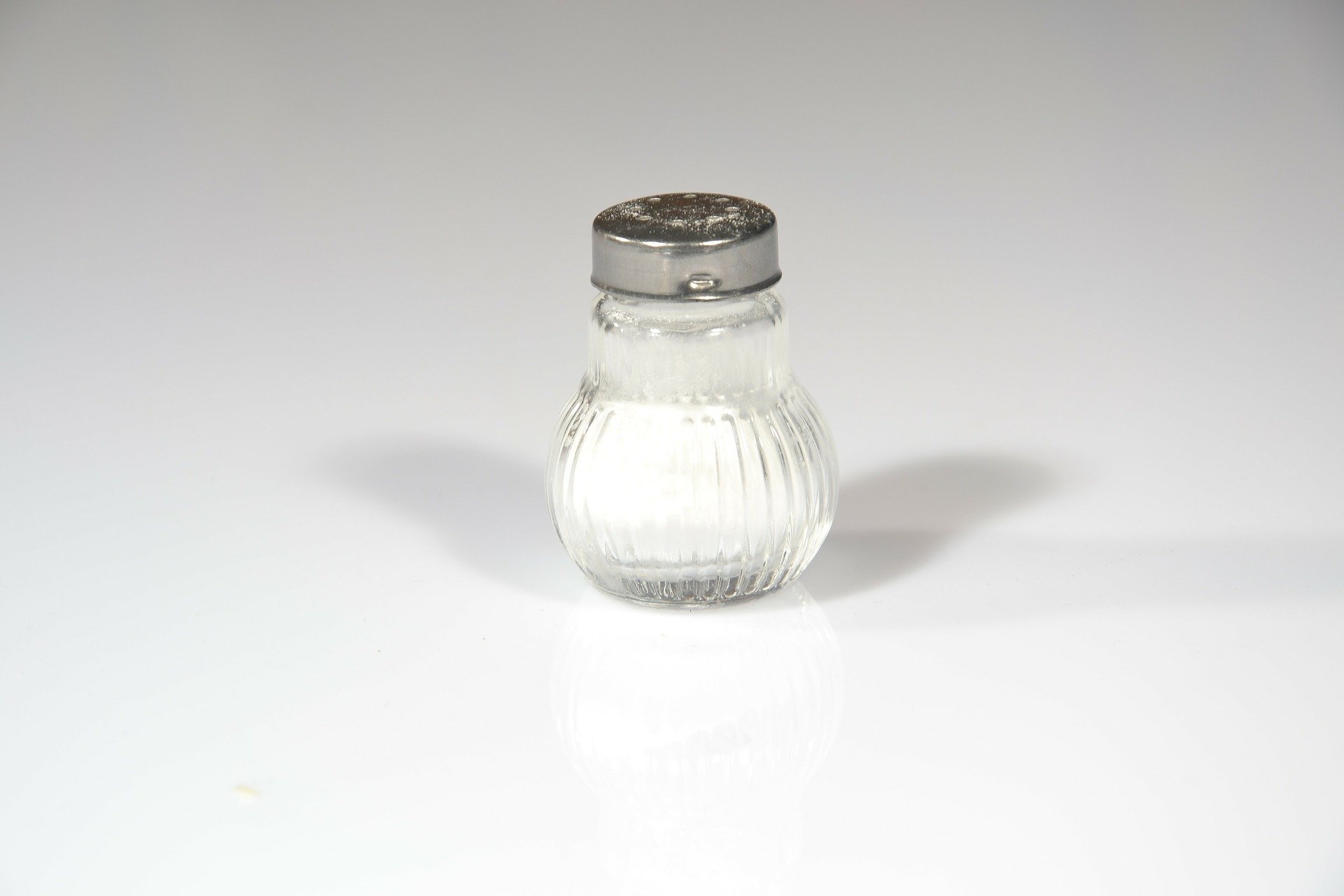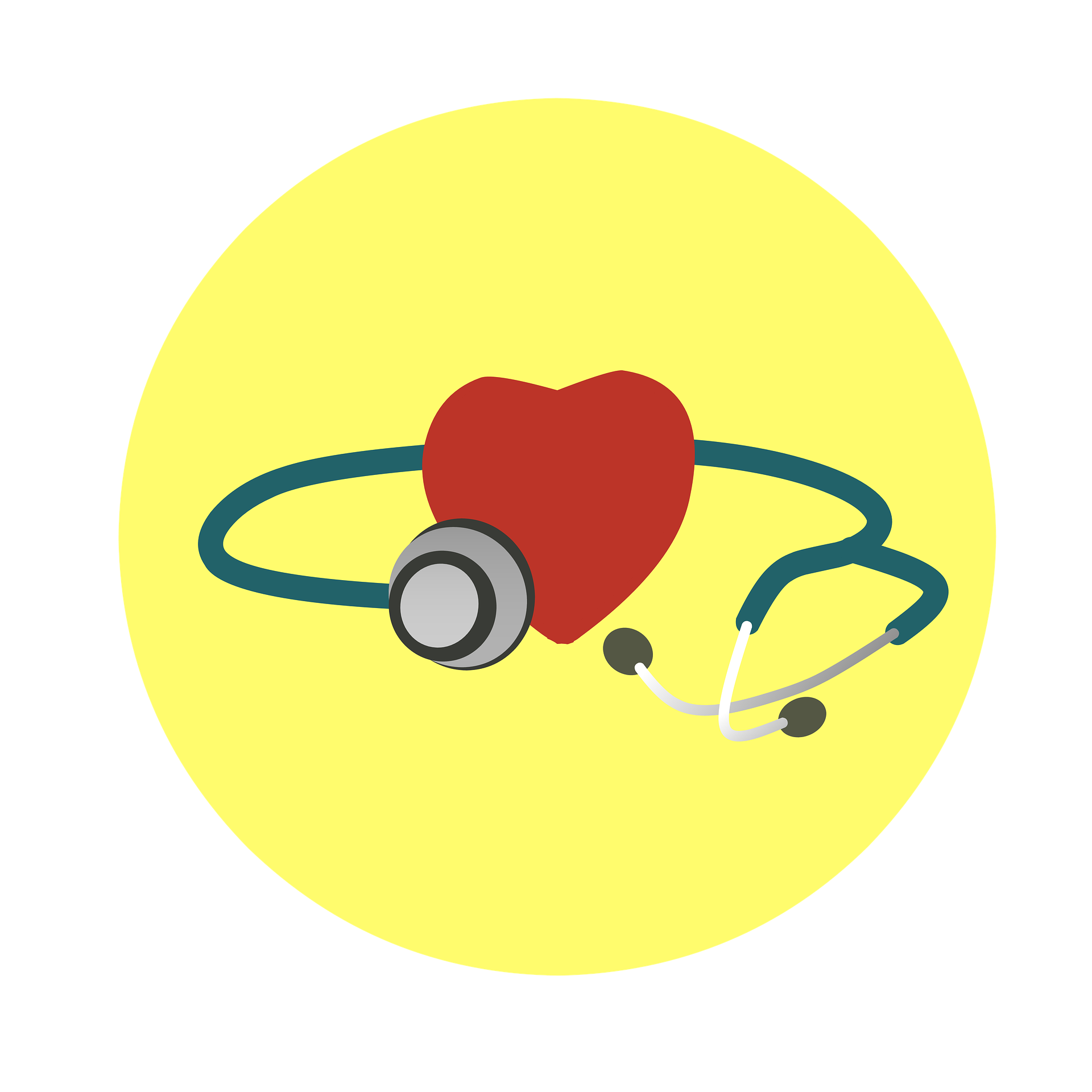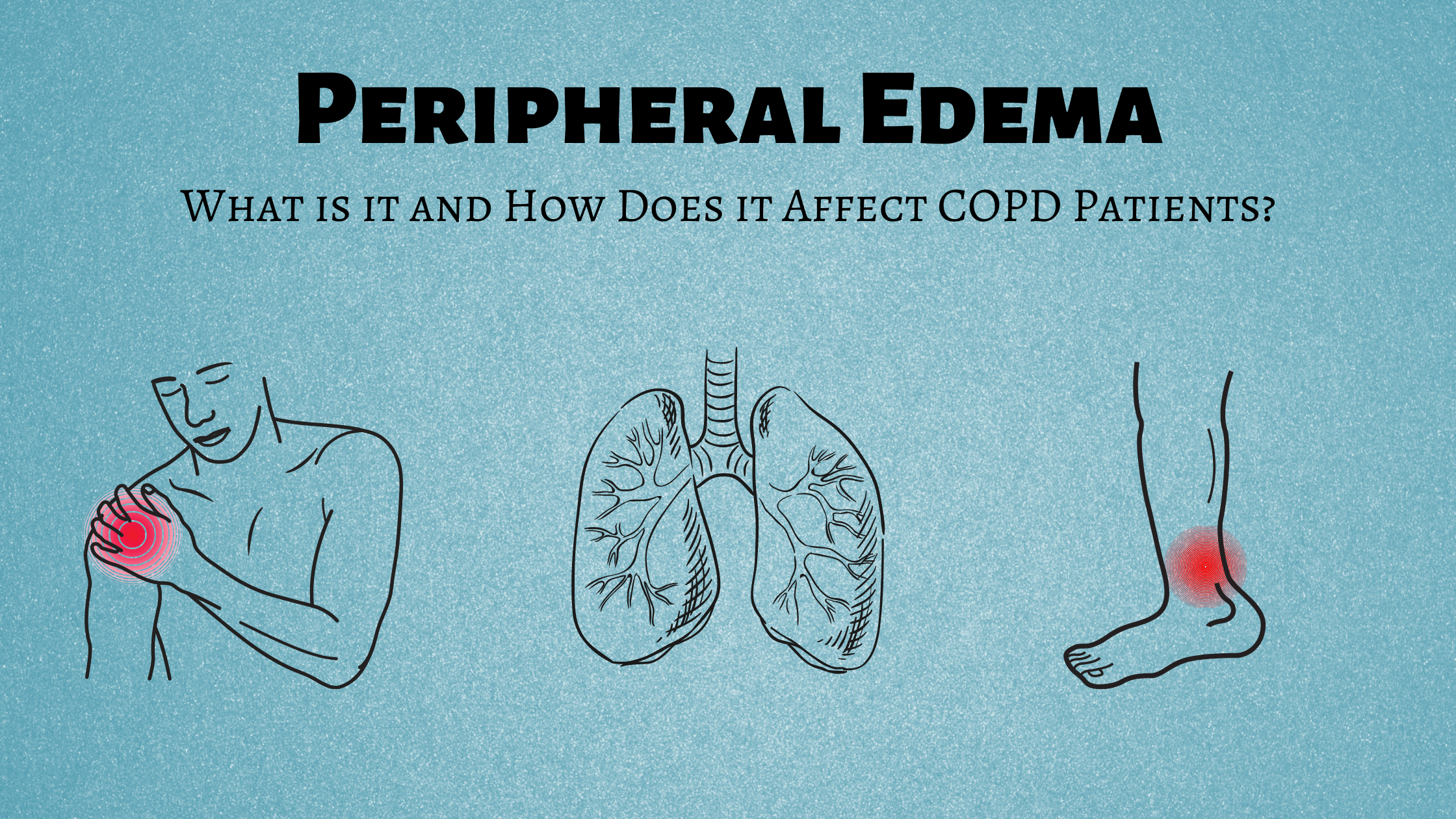
If you live with COPD, asthma, or a similar chronic condition, it can sometimes feel like you’re walking on eggshells. These diseases cause the lungs, airways, and other areas of the body to become very sensitive to “triggers” like air pollution, infection, injury, and more. In certain situations, even your pulmonary rehabilitation routine can exacerbate these symptoms; this is why it’s always important to keep your doctor informed about what you’re experiencing.
Oftentimes, COPD patients may encounter symptoms that are seemingly unrelated to their lungs. These are called “complications” because they are not common symptoms of lung disease but lung disease can often be a catalyst for things like heart disease, vascular disease, and even mental health disorders like depression or anxiety.
One frequent, but often overlooked complication of COPD is something called peripheral edema. The term “edema” refers to swelling in the body, usually due to the buildup of fluid and the term “peripheral” refers to areas away from the center of your body such as your legs, hands, or arms. In this post, we’ll help you better understand what peripheral edema is, what causes it, and what steps you can take to mitigate it.
If you have any questions, please feel free to leave them in the comment section below so we can get back to you.
What is Peripheral Edema?
“Peripheral edema” is the medical term for swelling in the limbs of the body. It can occur anywhere in the body, but it most commonly occurs in the lower legs or feet. Usually, edemas develop slowly over a couple of days or weeks, but in rare instances, it can happen over the course of a couple of hours. Many patients don’t realize there is swelling until they experience pain or they aren’t able to put on their shoes, shirt, or pants.
{{cta('fa8abc2a-1e88-4fa3-82fd-1cb5b9ed43b2','justifycenter')}}
There are six types of edema, but only three of them are known complications of COPD. These include peripheral edema, pulmonary edema, and pedal edema. Let’s take a look at each of the six types of edema to see how they compare.
Lymphedema
Lymphedema usually occurs in one of your legs or arms. Cancer patients who have damaged lymph nodes or people who have had them removed for cancer treatment often experience this symptom. Lymph nodes are an important part of the immune system because they block harmful substances, but if they are damaged they may cause your body to retain fluids, thus causing edema.
Cerebral Edema
Cerebral edema tends to be the most serious type of edema because it occurs in the brain. Some common causes of cerebral edema include head injuries, blood clots, tumors, and allergic reactions. Cerebral edema can often be life-threatening, so it’s best to seek immediate medical attention.
Macular Edema
The macula is at the light-sensitive area at the center of the retina in your eye. Macular edema occurs when blood vessels in this area begin to leak fluid and sometimes blood. If macular edema is left untreated, it can lead to permanent damage to the eyes or even blindness. If you’re experiencing pain in your eyes, a sharp headache, blurry, or impaired vision of any kind, you should immediately contact your doctor.
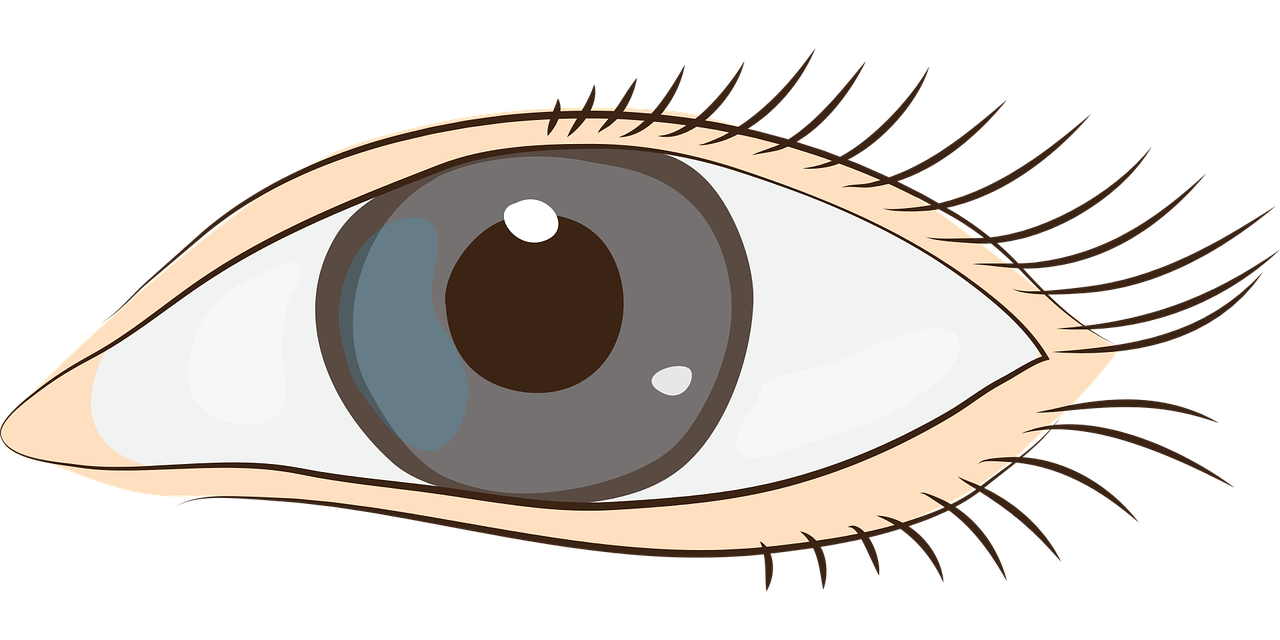
Pulmonary Edema
Pulmonary edema is the buildup of fluid in the lungs. This is most often caused by heart conditions like a heart attack, hypertension, or narrowed heart valves. Acute pulmonary edema which comes on quickly can be serious and even life-threatening, especially in patients who already have a chronic lung or heart disease.
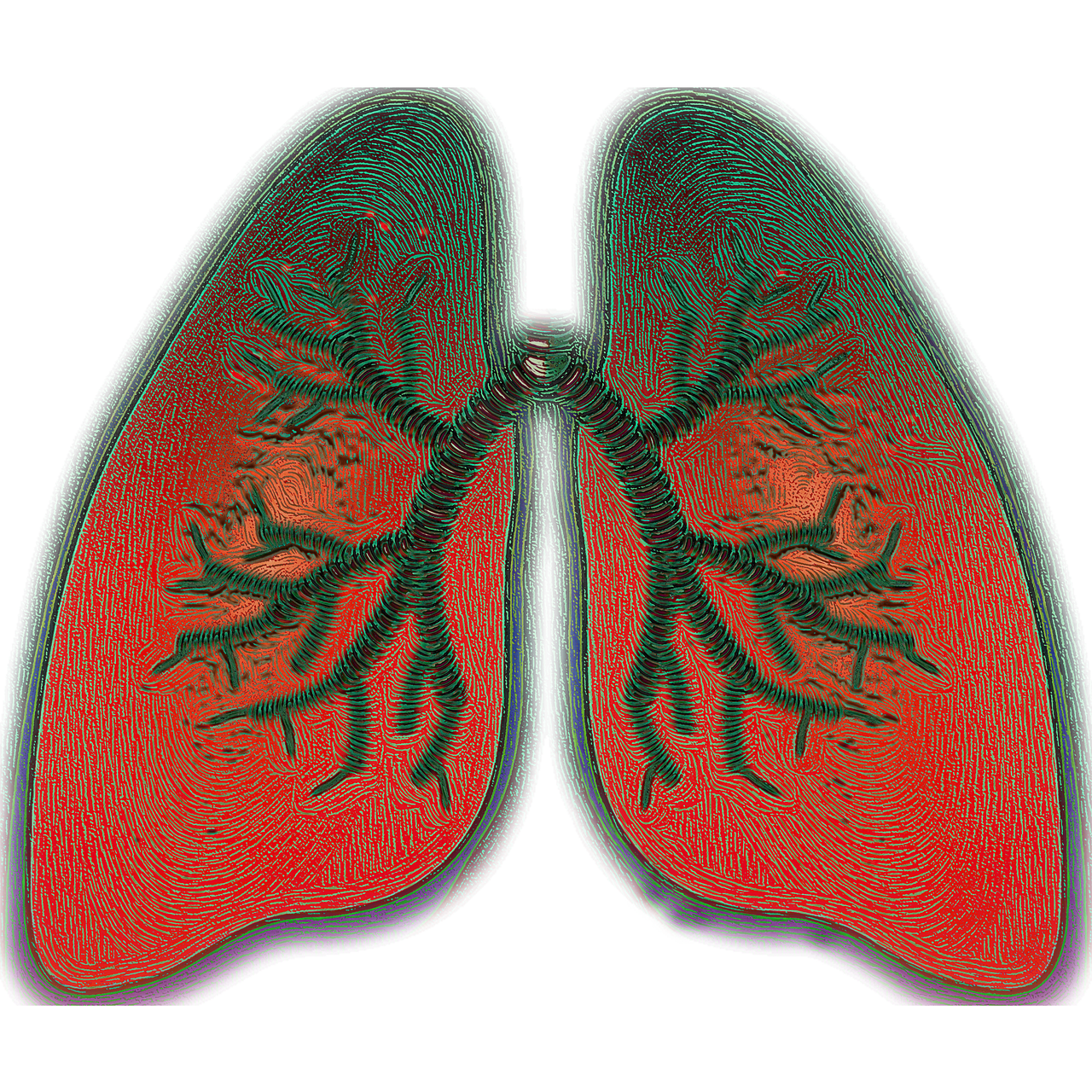
Pedal Edema
This type of edema is found in the lower legs and feet. There are several known causes of this type of edema including venous edema which is the retention of low-protein fluid and increased capillary filtration. The second most common cause of pedal edema is lymphatic edema which we discussed earlier. These two different causes of pedal edema can either work independently or together to create swelling in the feet.
Peripheral Edema
The term “peripheral edema” is a little broader than the terms used above. While the others describe a specific type of swelling caused by a known condition, peripheral edema can occur in many parts of the body and it has many different causes.
What are the Symptoms of Peripheral Edema?
The primary symptom of peripheral edema is swelling in the extremities. This swelling is usually drastic enough that it will be noticeable by you or your loved ones, and as the swelling increases, you’ll likely have trouble putting on your shoes or clothing without having to force them on.
Another symptom of peripheral edema is reduced mobility. If you’re like most COPD patients, you’re probably trying to stay active in order to preserve your lung function and keep your muscles strong and efficient. If you’re developing peripheral edema, you may feel your legs becoming heavier or you may notice that you lose your sense of balance more easily than you did before.

In some, but not all cases, people with peripheral edema may experience pain and tightness in their legs or feet. As the amount of fluid increases in the affected area, you may notice the skin becoming shiny and red. You might also experience something called “pitting.” This is when you press on an area of your skin and the indentation remains there longer than it would on a healthier part of your body. Since the fluids that your legs or feet are retaining would normally be flushed out of the body, you might also see an increase in your body weight.
What Causes Peripheral Edema?
Peripheral edema has a variety of different causes. If your edema comes and goes within a day or two, this is likely a sign of a less serious underlying condition. But if the edema is chronic and it only seems to get worse as time goes on, this is likely a sign of a more serious underlying condition. Either way, it’s important that you speak with your doctor right away and be thorough about the symptoms you’re enduring. Since there are so many potential causes, peripheral edema is very difficult to diagnose accurately. As a result, the more information your doctor has, the better diagnosis he/she will be able to provide. Below are some of the top causes of peripheral edema.
Injuries
If you’ve ever had a fracture, strain, sprain, or bruise, you know that it’s usually accompanied by some swelling and pain. This is because your body releases white blood cells and other fluids to the area in order to repair the damage. Depending on the severity of the injury, it may take several days or weeks for the swelling to subside.
Prolonged Sedentary Behavior
Physical activity plays an important role in maintaining a healthy vascular system. Even moderate exercise that slightly raises your heart rate has significant benefits when it comes to promoting healthy circulation. However, as we age, it becomes increasingly difficult to exercise regularly. This sedentary lifestyle can affect blood flow throughout your body and lead to fluids building up in your extremities. Especially your legs.
High Sodium Intake
According to the U.S. Food and Drug Administration (FDA), the average American consumes about 3,400 mg of sodium per day but the recommended daily intake is 2,300 mg a day. Unfortunately, sodium plays a major role in the retention of fluids in your body and it can have adverse effects on your body’s ability to flush out toxins. Consuming high amounts of salt through processed foods can cause peripheral edema and if you’re already experiencing edema, it can make it worse.
Medications
Every drug, medication, or supplement has side-effects. Some drugs can cause or contribute to edema either by impairing lymph drainage or increasing the amount of fluid that is filtered from the blood capillaries into various tissues throughout the body. Here are a few of the medications that might cause complications:

- Nonsteroidal anti-inflammatory drugs (NSAIDs)
- Blood pressure medication
- Corticosteroids
- Hormones
- Diabetes medication
- Antidepressants
How Are Peripheral Edema and COPD Linked?
Peripheral edema is common in COPD patients. While COPD does not directly cause edema, it can result in a medical condition called pulmonary hypertension which causes peripheral edema. Oftentimes, when a COPD patient experiences swelling in the hands, legs, or feet, they don’t associate it with their lung condition. It’s often shrugged off as a sign of aging or they may take Benadryl or a similar drug thinking it’s an allergic reaction. Ideally, if you ever experience unusual symptoms it’s best to consult your doctor rather than trying home remedies because this may exacerbate the issue.
Pulmonary Hypertension
The function of the right side of the heart is to receive oxygen-poor blood and pump it into your lungs. As it passes through the lungs it is re-oxygenated by alveoli (tiny air sacs) then it moves through the left side of the heart to be pumped through the body. Pulmonary hypertension occurs when the blood pressure in your lungs is too high, thus resulting in strain on the right side of the heart. If this issue persists the heart can become overworked and enlarged, resulting in a condition called cor pulmonale.
Cor Pulmonale
Cor pulmonale is more commonly called right-sided heart failure and it’s usually an urgent medical condition. According to Medscape, COPD patients who develop cor pulmonale have a 30 percent chance of living for 5 years. Peripheral edema is sometimes, but not always, the result of cor pulmonale, so it’s imperative that you visit a doctor even if you don’t believe your swelling is due to any serious underlying condition.
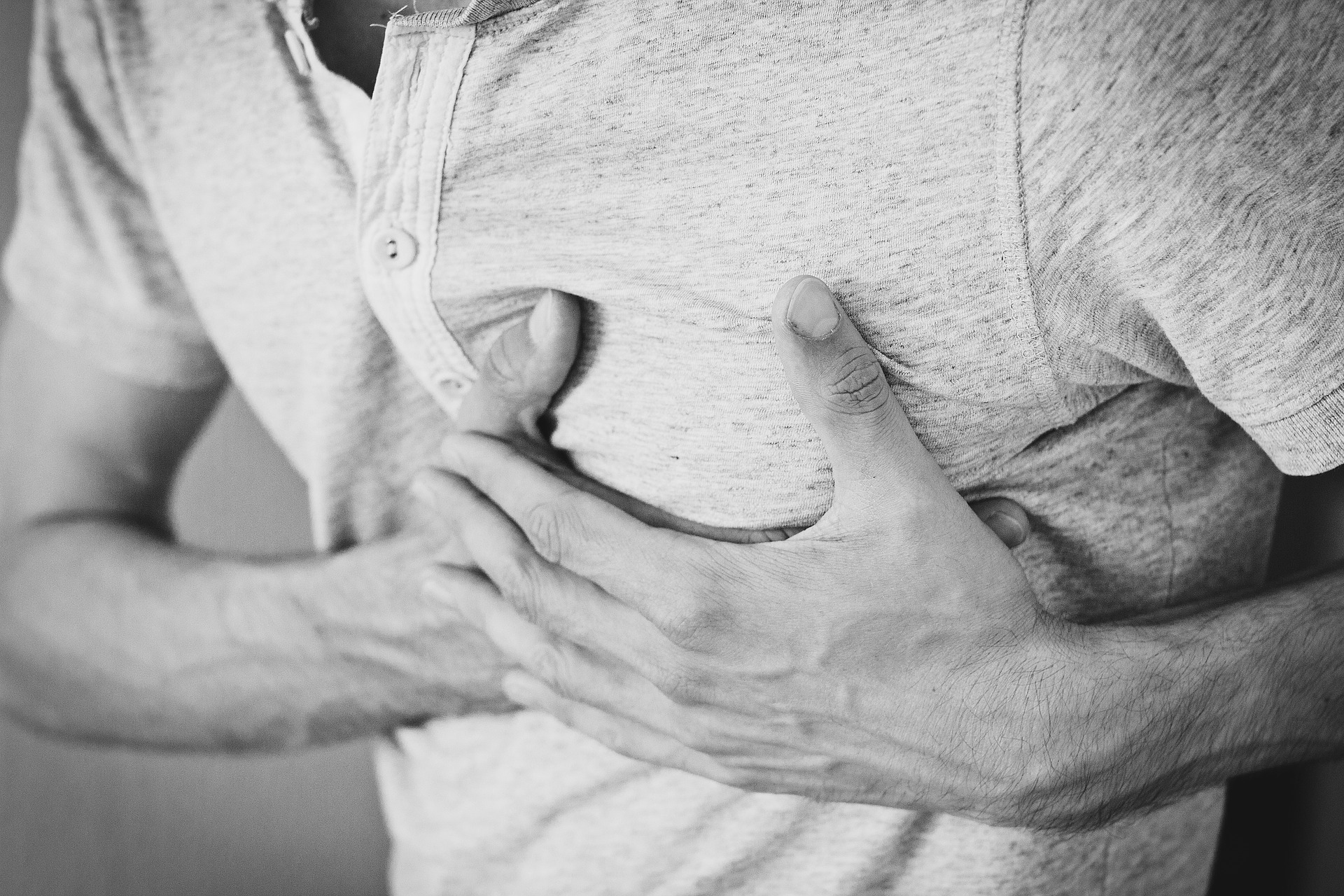
COPD leads to pulmonary hypertension and eventually cor pulmonale through a process called hypoxic pulmonary vasoconstriction (HPV). This is a type of vascular remodeling that results in the constriction of vascular smooth muscle due to low partial pressure of oxygen (Po2). In other words, if your lung function is impaired due to emphysema or chronic bronchitis, the arteries in your lung will respond by reducing their size which will increase blood pressure.
Since pulmonary hypertension and cor pulmonale put so much strain on the heart, you may see the problems manifest in other areas of the body. Due to the force of gravity, blood and other fluids often start to pool up in extremities, primarily the feet and lower legs. If this is the cause of your peripheral edema, your doctor will need to treat your underlying lung problems and vascular problems in order to reduce the swelling. Supplemental oxygen therapy and blood thinners are often prescribed to treat pulmonary hypertension if you aren’t already on them.
How to Prevent Leg Swelling With COPD
If you want to prevent leg swelling with COPD, your best bet will be to follow your COPD treatment plan. Pulmonary rehabilitation is extremely important for preventing swelling because not only will it improve your endurance, but it will also strengthen your heart muscle, improve circulation, and reduce body fat which is a known contributor to peripheral edema. To combat leg swelling, your doctor may advise that you increase the amount of time spent doing pulmonary rehab, or he/she might advise that you split your exercise routines into shorter, more frequent intervals.
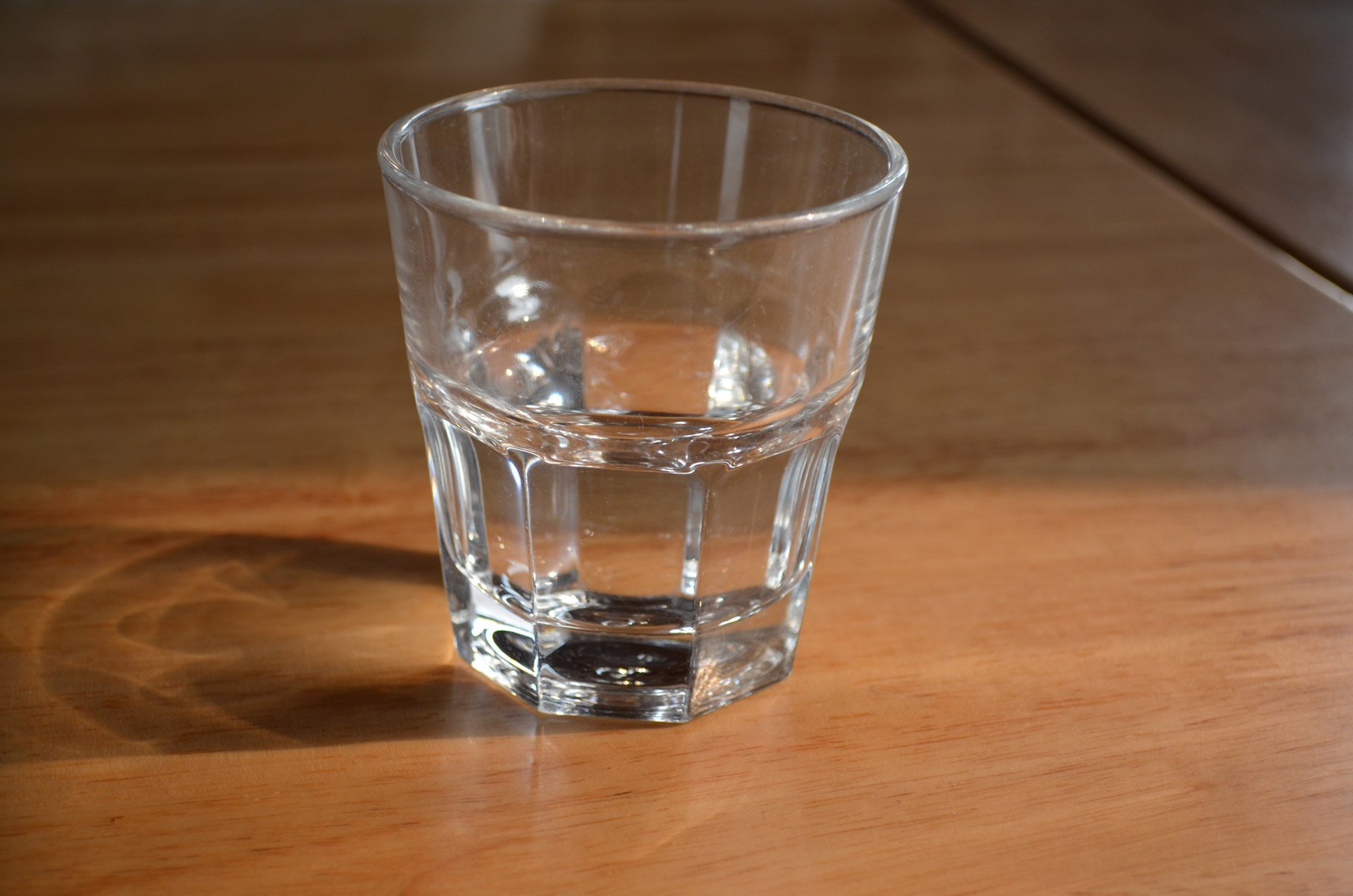
Hydration is another key treatment for leg swelling caused by COPD. Plasma, the primary component of your blood is made up of 90 percent water. And water is what keeps blood flowing freely throughout your body without clotting or pooling. So, it goes without saying that drinking more water will improve your circulation and keep you healthy. Most doctors will recommend around 8 to 12 glasses of water a day for the average COPD patient.
![]()
Last but certainly not least, you need to watch what you’re eating. Diet plays an extremely important role in your vascular health so eating the right food can relieve a significant amount of stress on your heart and thus prevent peripheral edema. Aside from staying hydrated, you’re going to want to consume less salt and sodium. What’s more, studies have shown that when coupled with a diet rich in calcium, magnesium, and potassium, low-salt and low-sodium diets are more effective.
Conclusion
If you’re currently experiencing swelling of the hands, legs, or feet with COPD, you’re not alone. This phenomenon can occur for a variety of reasons, most of which are not life-threatening. In fact, many seniors, even ones who are generally healthy, can experience it. But due to the fact that swelling can be a sign of pulmonary hypertension or right-sided heart failure you should plan on talking to your doctor as soon as possible, just to be safe.
In the meantime, you should plan on closely following your COPD treatment plan that you worked out with your doctor. While home remedies may help ease the discomfort and swelling a bit, the best way to treat peripheral edema is to treat the underlying disease that’s causing it. If you have any questions about what you read here, please feel to leave a comment or reach out to us.



